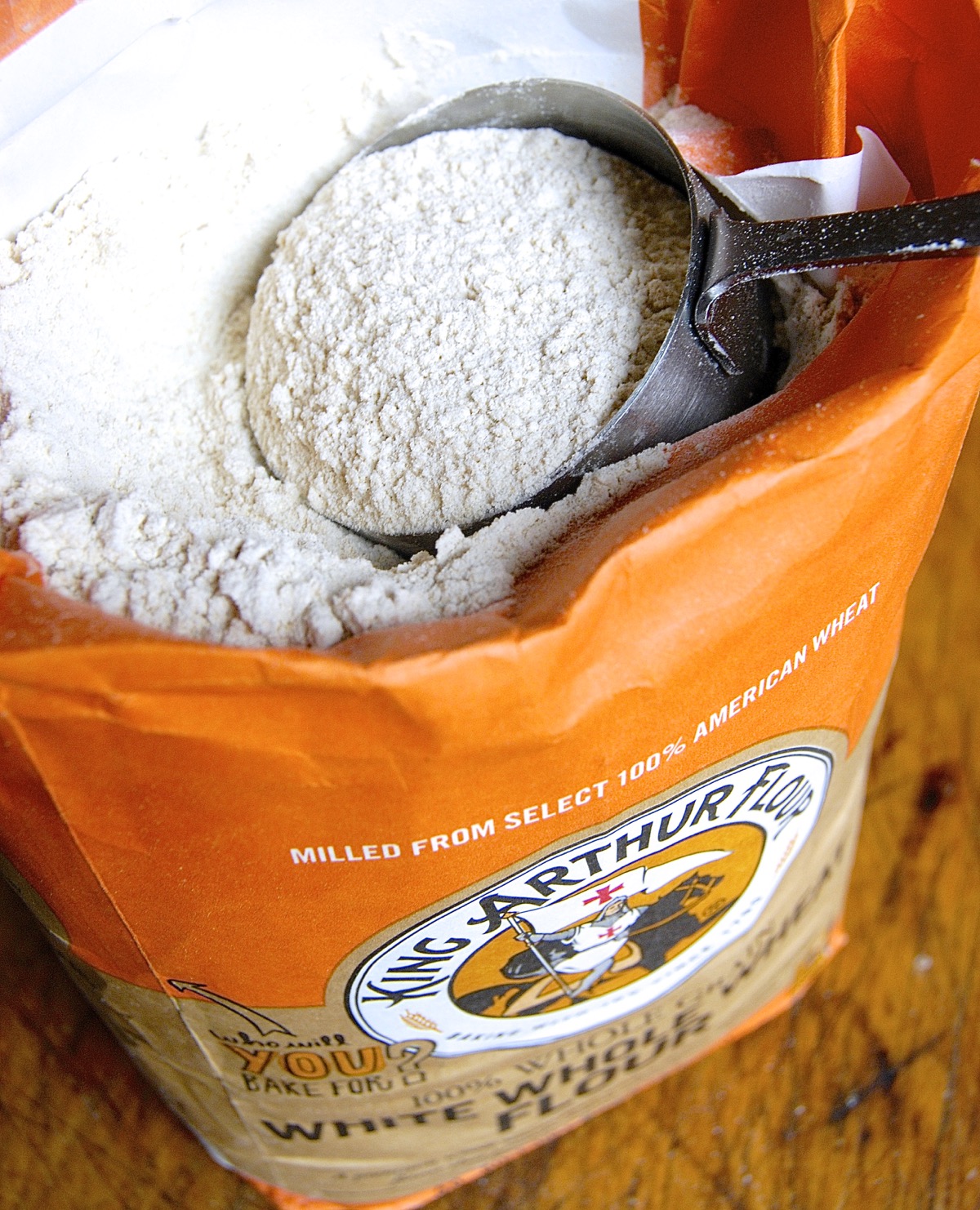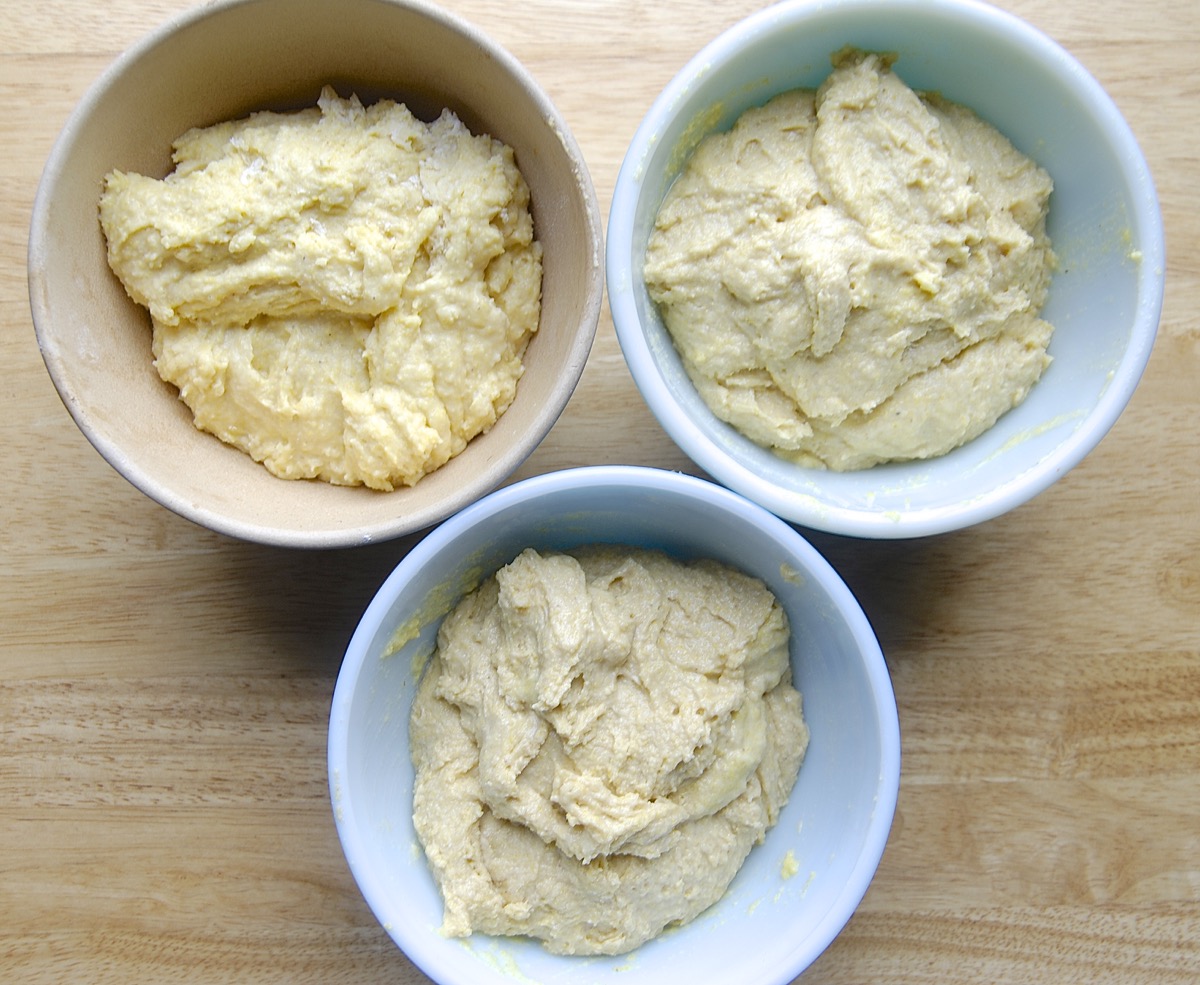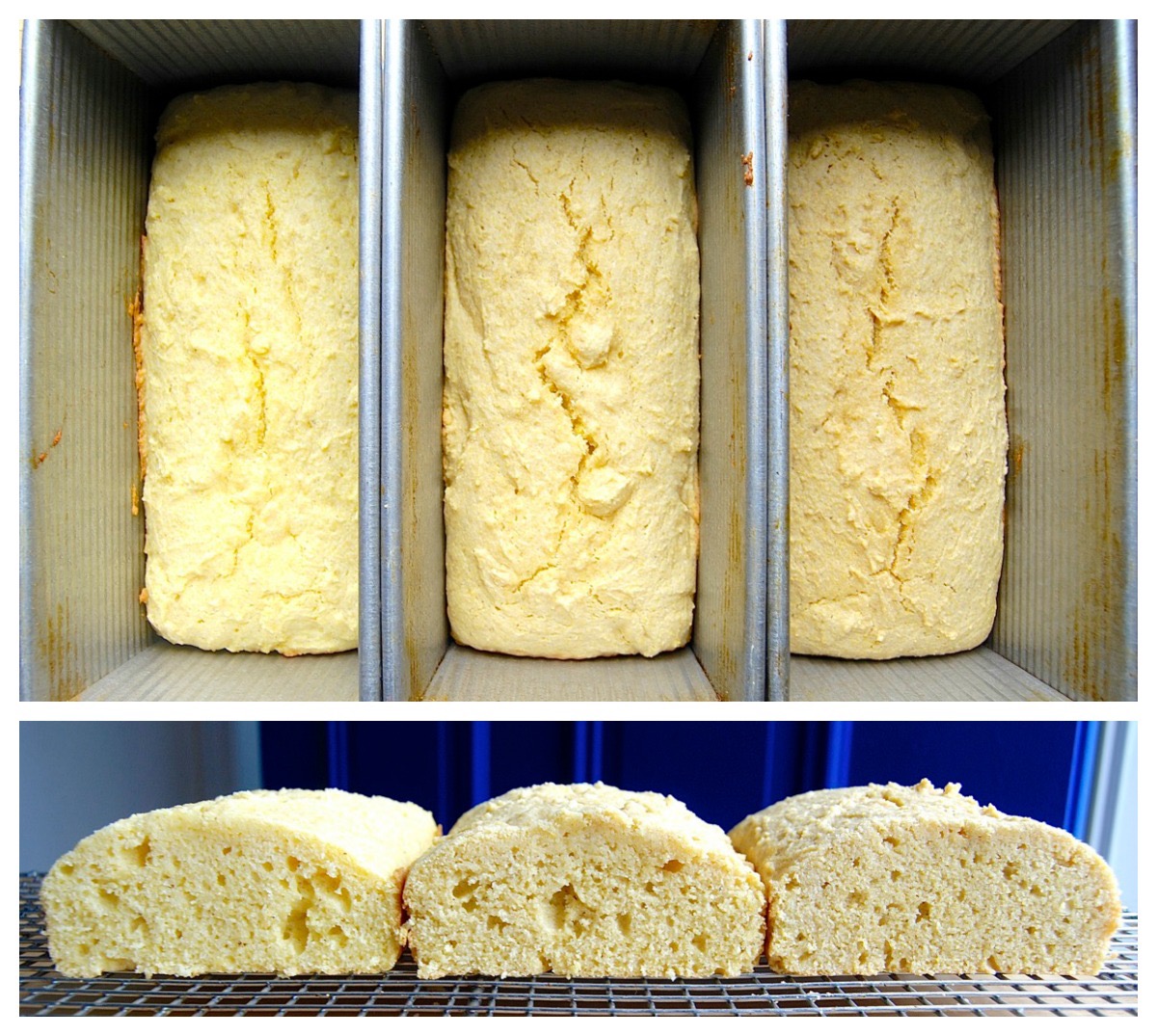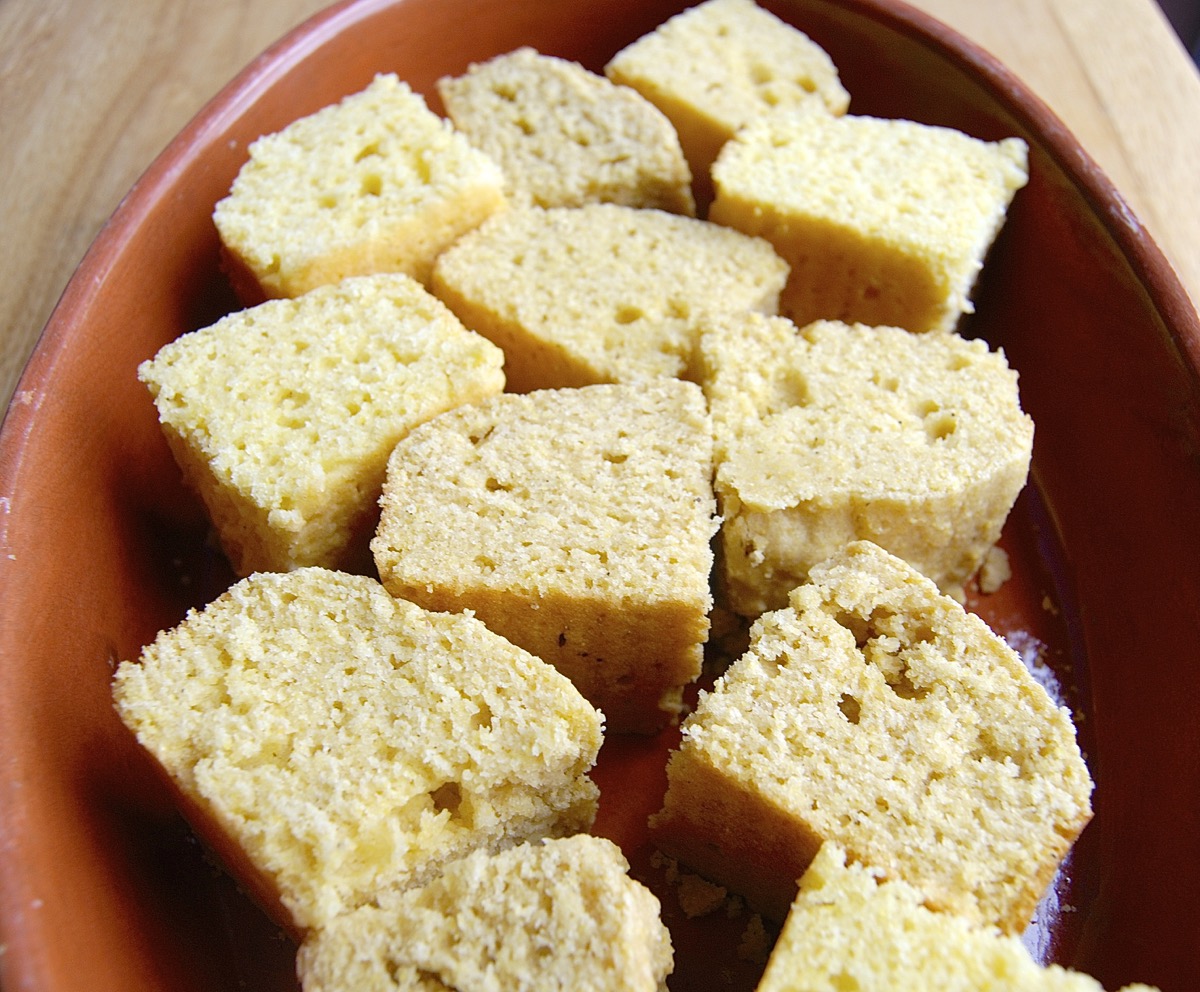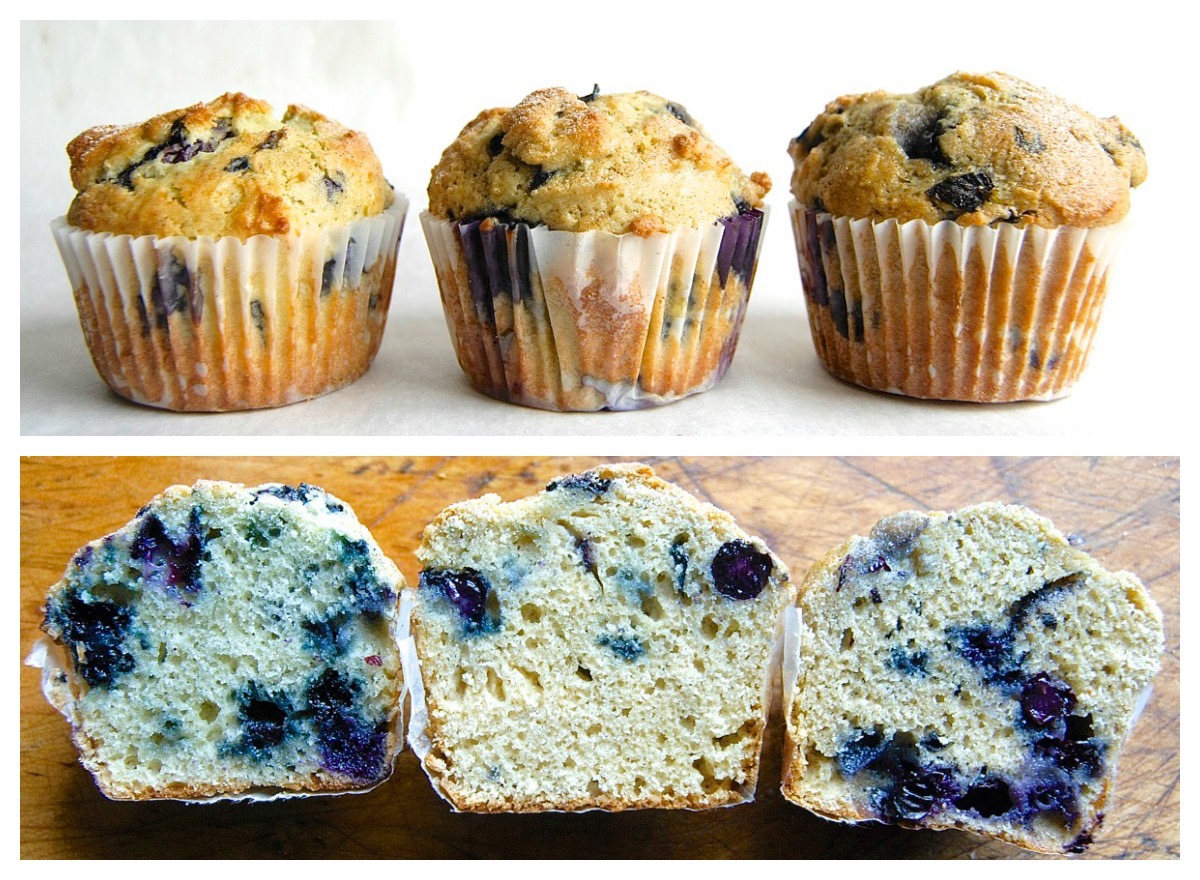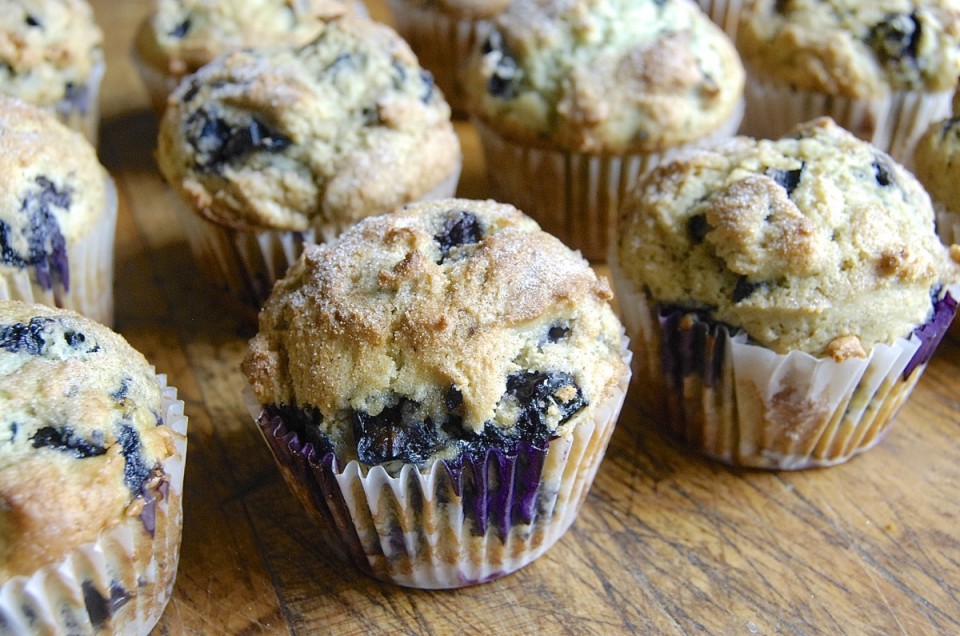


Would you like to know a simple way to add fiber to breakfast via your favorite breakfast muffins and quick breads?
Bake them with whole wheat flour. End of story.
"Whoa, not so fast," you say. "I've tried that. My family doesn't like whole wheat flour."
But perhaps that's because you've used a traditional red wheat flour, one that bakes up dark and adds its own assertive flavor to your favorite banana muffin and cinnamon bread recipes.
Well, baking with whole wheat flour doesn't have to be a turn-off for choosy eaters. Use whole wheat flour (50/50 with all-purpose flour, or even 100%) in any of your tried-and-true muffin and quick bread recipes, and chances are no one will realize the switch – if you use one particular whole wheat flour, that is.
What exactly IS white whole wheat flour, anyway?
White whole wheat is a type of wheat – just like Granny Smith is a type of apple. It’s 100% whole wheat; not a mixture of white and wheat flours, and certainly not bleached.
Packed with fiber, proteins, vitamins, and minerals, white whole wheat flour is nutritionally equivalent to traditional red wheat.
And white whole wheat flour is both light in color and mild-flavored, making it the perfect choice for bakers hesitant to add the distinctive color and taste of red whole wheat to their baking.
Light in color? Let's put it to the test in cornbread, where any darkening in color it brings will surely be evident.
At top left is cornbread batter made with all-purpose flour; top right, a mixture of half all-purpose, half white whole wheat flour; bottom, batter made 100% with white whole wheat flour.
And here are the results after baking: left to right, all-purpose flour, the 50/50 mixture, and 100% white whole wheat flour.
Note: You may be thinking "Wow, those loaves didn't rise much." That's because they weren't supposed to! I wanted to bake a typical flat "sheet" of cornbread, but didn't have three of the same size cake pan. So I used three 9" pain de mie pans in place of the square cake pan the recipe calls for. The result? Typical flat cornbreads, rather than tall loaves.
Yes, there's a color difference; but it's subtle enough that your audience isn't going to take one look, shriek in horror, and accuse you of ruining their favorite cornbread.
As for flavor, I couldn't taste a difference, even in the 100% whole wheat version. And the graininess of the cornmeal masked any potential graininess from the whole wheat's bran, so texture-wise they all matched, as well.
Now let's try the same experiment in America's favorite muffin: blueberry.
Top row to bottom you see muffins (batter, and baked) made with 100% white whole wheat flour; a 50/50 white whole wheat/all-purpose flour mixture, and 100% all-purpose flour.
The 100% white whole wheat flour batter is slightly darker than the 100% all-purpose flour batter. But once the muffins bake and brown, that visual difference disappears.
Rise-wise, the 100% white whole wheat flour muffins (right) actually rose a tiny bit higher than the all-purpose flour muffins (left) and 50/50 muffins (center).
As for interior color – subtle difference, but again, nothing anyone would shy away from, right?
Shy away from, indeed – I suspect you won't have any trouble finding takers for a muffin that looks this good!
Let's summarize what we've learned, OK? It's pretty simple:
White whole wheat flour: a simple solution for better breakfasts. Try it – you'll be pleasantly surprised.


